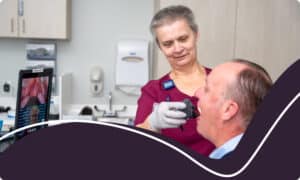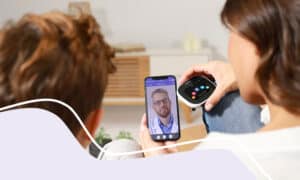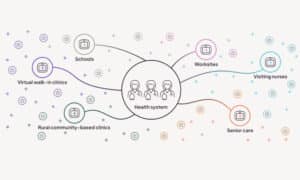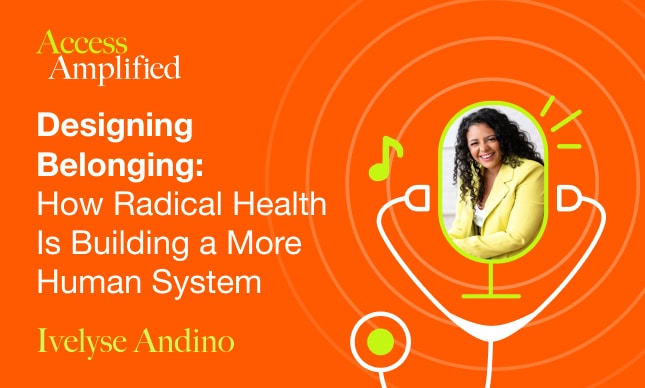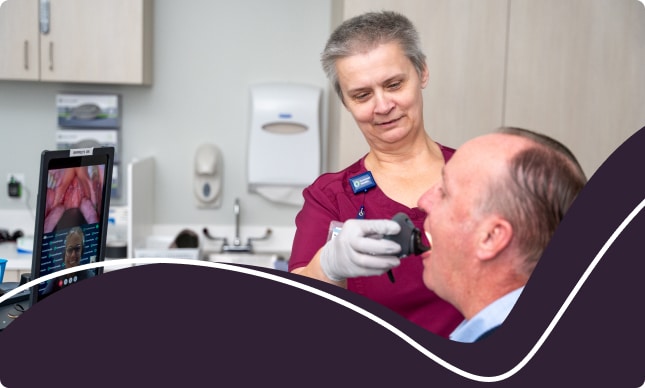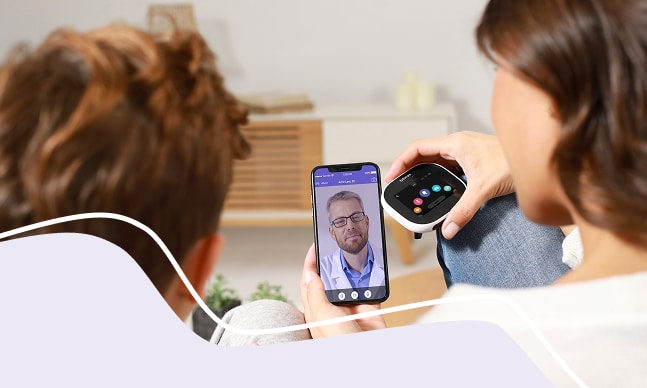Rethinking Urgent Care: How Virtual Innovation Is Reshaping Access, Efficiency, and Experience
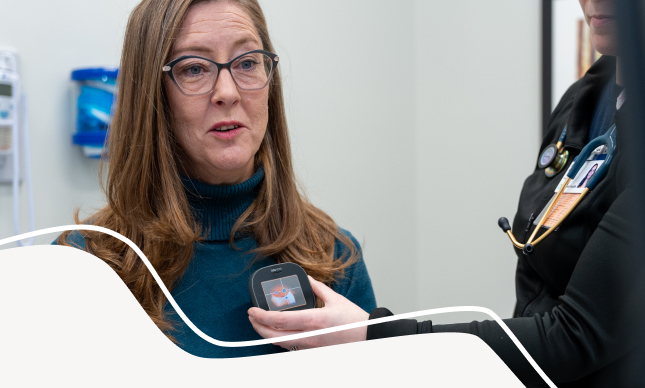
Urgent care centers were designed to deliver responsive care—but in 2025, many are under strain. Staffing shortages, unpredictable demand, and high patient expectations are revealing cracks in the traditional model.
At the 2025 Urgent Care Virtual Summit hosted by TytoCare, leaders from six major U.S. health systems shared how they’re reinventing urgent care with virtual solutions—not as a backup, but as a backbone. Here’s what we learned from their experiences on the ground.
A System Stretched at the Seams
According to the Urgent Care Association, over 70% of centers reported staffing shortages in 2023. At the same time, demand is swinging between overwhelmed clinics and underused sites, creating a system that often feels like it’s operating at the extremes.
When thoughtfully integrated, virtual care can be a critical tool in balancing those extremes. Health systems at the summit echoed this, highlighting how they use virtual tools to extend hours, balance load across sites, and reduce time-to-care, all while improving patient experience.
Blended & Hybrid Models
Allina Health: Blended Visits at Scale
“We had over 500,000 virtual appointments across our system last year. Virtual urgent care alone saw nearly 30,000 visits.”
— Maggie Dreon, Manager of Clinical Service Line Operations, Virtual Care, Allina Health
Maggie explained how Allina Health built a four-path urgent care model that includes in-person visits, scheduled and on-demand virtual care, and a hybrid “blended visit” where a patient at the clinic connects virtually with a provider using tools like TytoCare.
“This came about because our wait time was long – hours long – but the patient had a simple reason for visiting. We knew there was a more comprehensive way we could provide care,” explained Maggie.
Allina Heath piloted the blended model in fall 2024 and rolled it out systemwide by December.
Results?
- Reduced median wait times
- Increased throughput during busy seasons
- Positive patient feedback, especially from parents managing multiple kids
- Provider buy-in through at-the-elbow support and training
Ochsner: Prioritizing the Hybrid Model
“One bad experience where a provider never comes can really turn a clinic off to the model. We had to be aggressive about change management from the get-go.”
— Allie McCardle, Clinical Operations Manager, Ochsner
Ochsner developed secure chat workflows and internal scripts to support a hybrid model across sites. One key insight: patients opting into a virtual experience while onsite had to be seen quickly, or the experience could backfire.
Yale New Haven Health: Dedicated Telehealth Teams
“Initially our virtual team was staffed by providers working clinically, but inconsistent wait times made it hard to adopt. Now we have a dedicated team that pivots to help clinics when they’re slow.”
— Rolinda Mitchell, Associate Medical Director of Telehealth, Yale New Haven Health
Yale New Haven Health’s setup allows them to flex resources across at-home and in-clinic visits, with medical assistants handling vitals and support, and providers focused on care delivery and documentation.
UCLA Health: Bringing Virtual Care Into the Clinic
“We used to think of virtual care as something people did at home. Now we’re bringing it directly into our clinics to reduce wait times and improve flow.”
— Carmina Lu, Clinical Director, Immediate Care, UCLA Health
UCLA Health implemented a hybrid workflow where onsite patients waiting for care can be offered virtual visits with remote providers—supported by medical assistants and TytoCare’s Pro Smart Clinic. This helped decompress long waits, especially during peak seasons, while maintaining a high standard of clinical quality. Their approach has helped increase access and reduce time-to-care for low-acuity patients, without expanding staffing needs.
Operational Efficiency Gains
Baptist Health: Better Throughput, Better Experience
“We cut door-to-door time down by 8 minutes. Registration to triage went down 30%, even with a 14% increase in patient volume.”
— Scott Ritter, Ambulatory Operations Manager for Digital Health, Baptist Health
Scott emphasized that using TytoClinic across Baptist Health’s urgent care sites helped optimize both patient flow and staff efficiency. Even with only ~3% of urgent care visits being virtual, the ripple effects were clear. Scott also shared, “Patient experience scores for urgent care shot up 6.3%.
Northwestern Medicine: All Hands on Deck
“We have an all-hands-on-deck approach. Everyone sees the same patient list, and we flex providers between virtual and in-person visits depending on volume.”
— Jeannine Majer, Director of Ambulatory Services, Immediate Care Centers, Northwestern Medicine
Jeannine emphasized that Northwestern Medicine relies on the flexibility created by virtual tools to help decompress full waiting rooms and keep morale high.
The Next Chapter of Urgent Care
Across the board, successful virtual urgent care programs shared these traits:
- Built-in workflows (not bolted on)
- Clear communication with patients and teams
- High-quality devices that build clinical trust
- Ongoing training and change management
Most importantly, virtual care wasn’t used to replace in-person care but to enhance it: expanding reach, reducing friction, and unlocking capacity.
“We’re learning how to flex this muscle during slower seasons, not just the busy ones. It’s about keeping providers engaged and patients at the center.”
— Maggie Dreon
Here’s where systems are already extending the virtual urgent care model—or planning to next:
ED diversion: Virtual visits help reroute non-emergent cases away from overcrowded emergency departments, freeing up critical resources and reducing unnecessary admissions.
Occupational health: Employers are turning to virtual urgent care to support workforce health, offering employees quick access to care without disrupting productivity.
Pediatric and school-based care: With parent-friendly virtual workflows and devices like TytoCare, schools and pediatric settings can provide immediate access to trusted clinicians, even when parents aren’t present.
Travel and vacation care continuity: Health systems are using virtual urgent care to stay connected with patients on the move, offering continuity of care whether someone is at a cabin, beach, or overseas.
